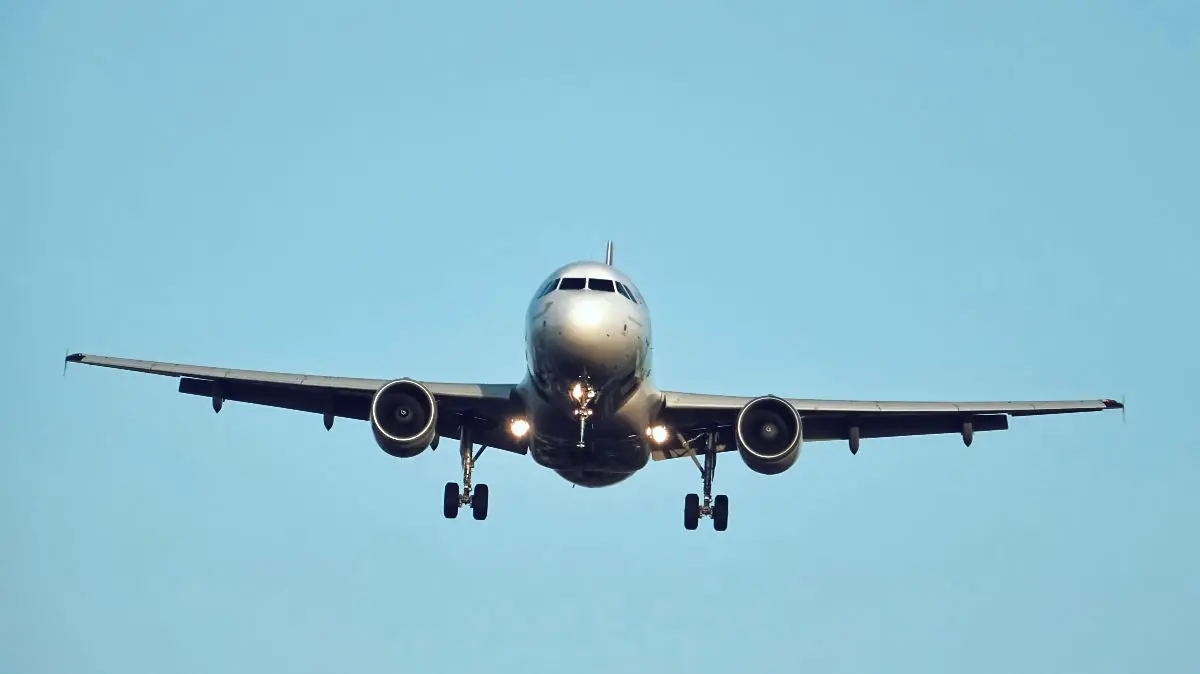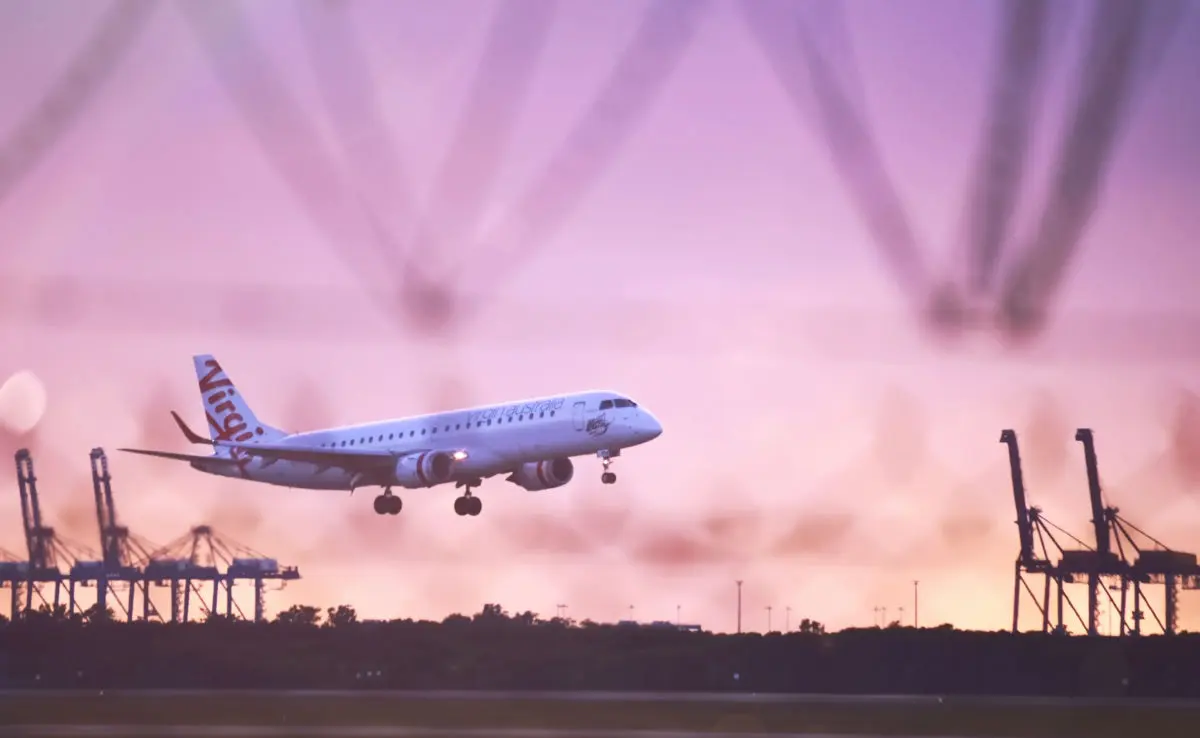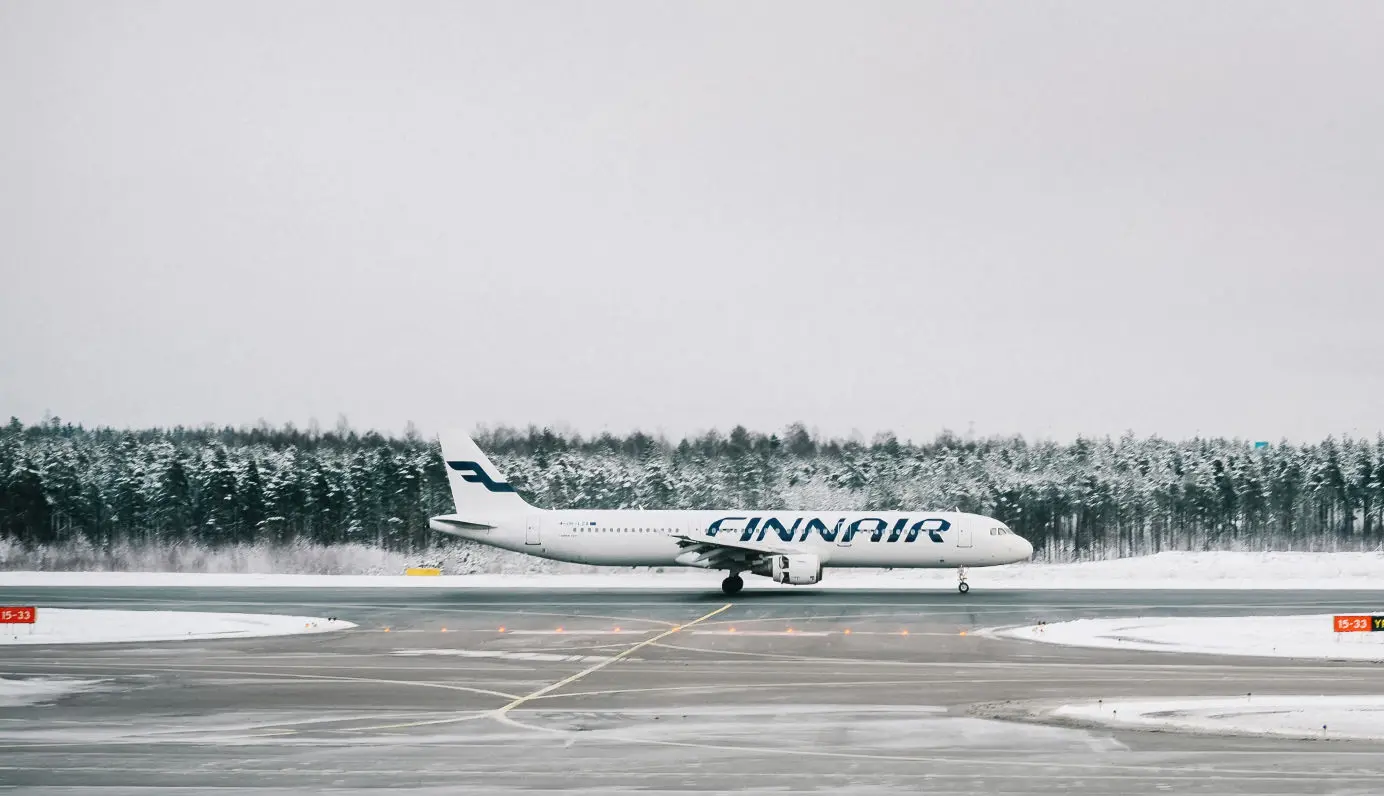
The Illuminating Reason: Why Do Planes Have Headlights?
Planes have headlights for a few different reasons, and the use of them can vary depending on the situation. Find out why planes have headlights and how they are used in different circumstances.
Table of Contents
The presence of headlights on planes might initially seem perplexing to many. After all, when we think of vehicles needing headlights, cars and bikes cruising down terrestrial roads come to mind, not aircraft soaring through the vast, open skies.
However, upon closer inspection, the question of why planes have headlights reveals practical and crucial reasons behind this feature.
Aircraft headlights, much like their counterparts on the ground, play a significant role in enhancing safety and visibility. But their functionality extends beyond just illuminating the way; they serve as vital tools in communication, navigation, and compliance with aviation standards.
Enhancing Visibility During Takeoff and Landing
Aircraft headlights, primarily known as landing lights, are indispensable during the critical phases of takeoff and landing.
These lights are designed to be highly luminous, and capable of being seen from miles away, thereby enhancing the aircraft's visibility to others in the vicinity. This visibility is crucial, especially during adverse weather conditions such as fog or heavy rain, and at night when natural light is minimal.
By casting a powerful beam of light, these headlights aid pilots in avoiding collisions, clearly identifying the runway and any potential obstacles that may impede a safe path for either ascending into the sky or descending towards the ground. The illumination provided by these lights also serves as a vital alert to ground vehicles and personnel of the aircraft’s immediate presence and movements.

This function is of paramount importance in bustling airports where the risk of collisions, runway incursions, vehicles, or persons on a runway—remains a significant concern. Through the use of landing lights, pilots can significantly mitigate these risks, ensuring not just their own safety, but also that of others. In this way, aircraft headlights contribute to a safer, more efficient operation during the moments when precision and awareness are most needed.
In Flight
At cruising altitudes where the sky becomes a vast expanse of open air, the necessity of aircraft headlights may not be immediately apparent. However, even thousands of feet above the ground, these lights fulfill a critical role, particularly when navigating through lower altitudes or congested airspace zones.
Activating the headlights under these circumstances can be a great aid for pilots. It allows them to increase the visibility of an aircraft to other pilots, potentially averting mid-air collisions. This is especially true during night flights or when weather conditions reduce visibility, such as in fog or heavy rain.
Additionally, for pilots operating under visual flight rules (VFR)—which require them to fly primarily based on visual cues—headlights are indispensable for identifying obstacles that could pose a threat to the aircraft’s safe passage. By shining a bright light ahead, pilots gain an extra measure of precaution, ensuring they maintain a clear and safe trajectory through the skies.
When changing flight levels, commercial aircraft also traditionally turn on their landing lights.
After Landing
With the exception of the red, white, and green position lights, the majority of aircraft feature two sets of lights to provide visibility to the pilots.
After the aircraft has landed, its landing lights are typically turned off until absolutely necessary for illuminating the path ahead. This is because, after leaving the runway, they are typically switched off in favor of taxi lights due to their extreme brightness, heat, and limited lifespan.
The Evolution of Aircraft Lighting Technology
Several different types of light sources have been used for landing lights on aircraft over time.
Designing and choosing a landing light requires careful consideration of factors like power consumption, weight, light intensity, and dependability. The best light sources for landing lights are lightweight, have a long and consistent service life, are incredibly bright, and consume very little electricity. Incandescent lights, halogen lamps, and many types of arc and discharge lamps have been used as landing lights on aircraft.

In later years, LEDs have emerged as a game-changer in the aviation industry, offering superior longevity and drastically reduced power consumption compared to their incandescent predecessors. This shift not only contributed to enhanced visibility but also aligned with the broader aviation goals of sustainability and energy efficiency.
Conclusion
The essential nature of aircraft "headlights", or landing lights, to be exact, transcends mere illumination, embedding itself deeply in the pillars of aviation safety and operational effectiveness.
These lights serve as indispensable tools that ensure enhanced visibility during the most critical phases of flight. Their role in aligning with strict aviation regulations further emphasizes their importance in maintaining a safe, orderly, and efficient airspace.
Also read:
Planenerd Newsletter
Join the newsletter to receive the latest updates in your inbox.






